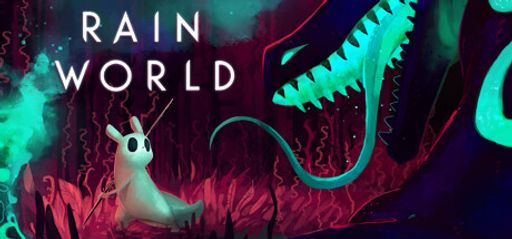Hey everyone! Here with a cozy-but-curious review of Rain World. This is one of the most unique survival platformers I’ve played. I usually stick to soothing sims and easy puzzlers, but this game drew me in with its haunting world and creature-filled ecosystem. If you’ve ever daydreamed about cuddly critters, Rain World will shock you with its beauty and brutal wildlife.
Overall Impressions
Rain World thrilled me with its tense, living ecosystem. You play as a lonely slugcat hunting for food and shelter. It feels like a nature documentary mixed with platforming. The game’s challenge and mystery stood out. Unlike most cozy games, this one demands patience. I’ve never seen AI so dynamic. Creatures remember your moves and adapt. The lack of hand-holding can frustrate you at first. Still, the payoff feels magical once you learn the rhythms. Compared to other survival titles, Rain World focuses on exploration and emergent behavior. It’s less craft-and-build, more learn-and-adapt.

Gameplay Mechanics
You’ll hunt small prey with your trusty spear. You’ll dodge hungry vultures, lizards, and giant frogs. Movement feels fluid, and the parkour elements hit just right. I loved sliding through pipes and squeezing between walls. The dynamic AI surprised me more than once. One big moment: a massive toad nearly crushed me when I tried to snag a glowing grub. I respawned in my safe shelter, heart racing. The game doesn’t mark objectives or map your path. You learn by trial, error, and a dash of curiosity. If you hate ambiguity, this might frustrate you. But for me, uncovering hidden shortcuts and relics felt rewarding.
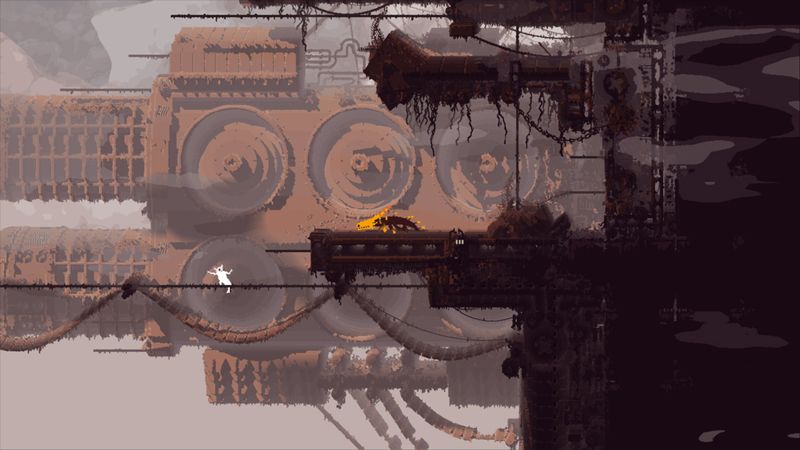
What Makes the Game Stand Out
One of the game’s strongest features is its AI design, which feels dynamic, lifelike, and unpredictable—making each encounter feel fresh and unscripted. Players are constantly kept on their toes, thanks to emergent gameplay elements that deliver unexpected surprises. Additionally, the movement system strikes a fine balance between stealth and platforming, encouraging creativity and experimentation. Whether you’re sneaking past threats or leaping across terrain, the fluidity and responsiveness of the controls contribute to a highly engaging experience that rewards thoughtful play.
Where the Game Falls Short
Despite its innovation, the game stumbles in a few areas that may frustrate newcomers. The absence of a proper tutorial or waypoint system leaves players feeling unmoored in the early hours. Without clear guidance, even simple objectives can become needlessly confusing. Moreover, the respawn system can feel punishing, often setting players back in ways that disrupt momentum. Combined with a steep learning curve, these elements can be off-putting for casual gamers or those unfamiliar with the genre, potentially hindering broader accessibility.
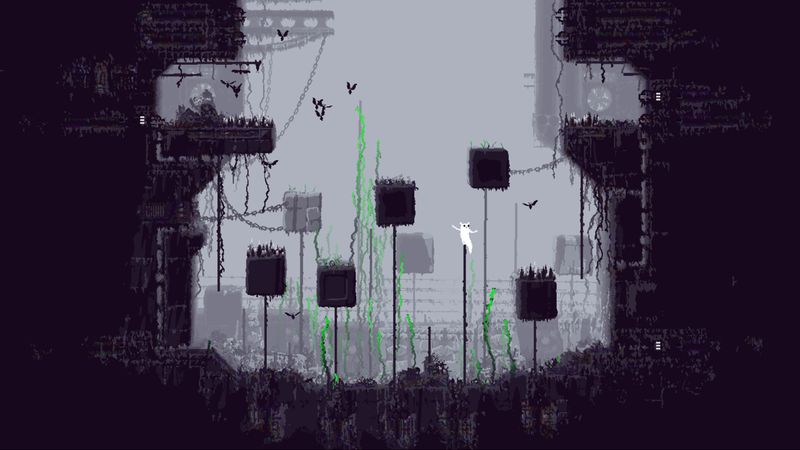
Story and Characters
Rain World doesn’t spoon-feed you its lore. You piece together fragments from environmental cues. Ancient factories, crumbling ruins, and fossilized remains hint at a fallen civilization. A small yellow creature tags along, offering subtle guidance. The game’s three slugcats—Survivor, Hunter, and Monk—each have their own difficulty twist. I started with the Survivor slugcat. He offered the best balance of mobility and stamina. The Monk slugcat makes the game a bit easier. The Hunter slugcat amps up the challenge. These tiny heroes don’t chat much, but their expressive animations convey fear, hunger, and joy. You bond with them over countless near-death escapes.

Visuals and Graphics
Rain World’s pixel art looks hand-drawn. The environments shift from damp sewers to sunlit cliffs. Water drips, plants sway, and factory gears churn. The color palette blends muted earth tones with sudden vibrant patches. It feels like an old-school point-and-click art style meets modern effects. The animation is so smooth—slugcats sprint, vault, and leap with graceful arcs. I often paused to admire a distant skyline or a neon-lit ruin. Visuals serve the atmosphere perfectly, balancing wonder and danger.
Sound and Music
The ambient soundtrack fuses lo-fi beats, trap elements, and dreamy synths. Composer James Primate crafts music that pulses with urgency or drifts into calm introspection. Sound effects—from dripping water to distant roars—heighten the tension. One night, I heard an odd rhythmic thump. My slugcat froze, then dashed for cover as a massive lizard thundered past. The audio mixed naturally with familiar nature sounds and industrial echoes. It immerses you in Rain World’s post-apocalyptic setting.
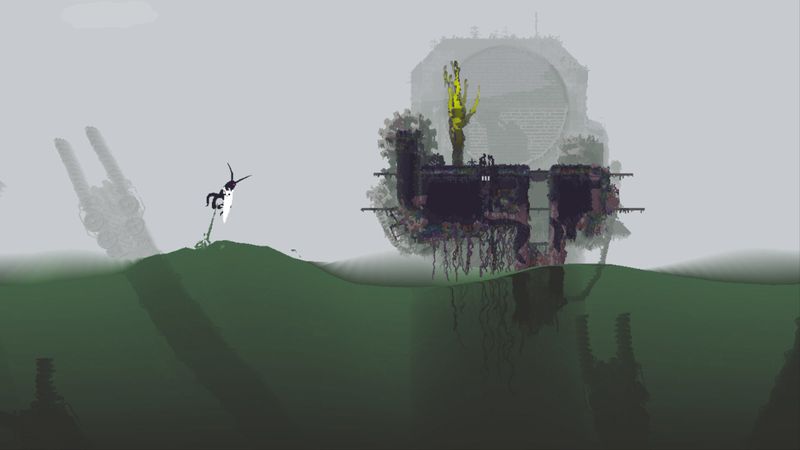
Difficulty and Replayability
Rain World starts tough and only gets tougher. You’ll die. A lot. This game leans into “Souls-like” territory, though it simplifies combat choices. It demands you learn enemy patterns and world layouts. User feedback often praises the AI complexity and lore, but warns of frustration. Some players recommend Remote Play for a buddy co-op run. You can also swap tips online—I found that hugely helpful. Once you finish the base game, the Downpour update adds fresh challenges. Three slugcats, plus secret areas and new hazards, keep you coming back. If you crave perseverance-based rewards, this game nails it.
Community Impressions Align with the Core Experience
Player feedback strongly reflects the unique appeal of the game’s post-apocalyptic setting and survival mechanics. Many highlight the charm of the playable creature—often described as a “cute scug thing”—as a standout feature in an otherwise hostile world. One player praises it as an “impressive post-apoc game… surviving in nature,” emphasizing the contrast between vulnerability and resilience. Others point out the game’s brutal challenge, noting that “getting absolutely destroyed by an entire ecosystem is pretty fun.” This unforgiving difficulty, while daunting, is often celebrated for making even the smallest triumph feel monumental—“the unfair difficulty makes each small victory feel legendary.” These sentiments capture how the game transforms frustration into meaningful reward.
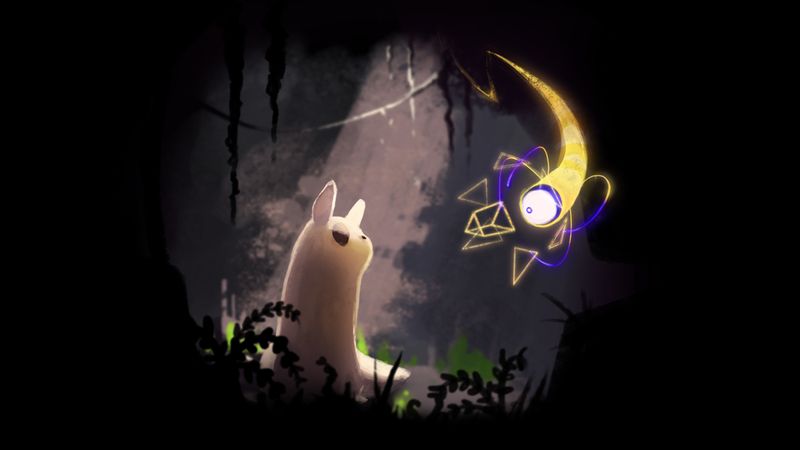
Trivia and Behind the Scenes
Rain World launched on March 28, 2017, from indie studio Videocult. Notably, Videocult’s founders, Joar Jakobsson and Dave Patterson, poured years into the project. In particular, they designed the AI system to mimic real ecosystems. Furthermore, the game uses procedural elements to randomize creature behaviors and level layouts. Meanwhile, publisher Akupara Games later released the Downpour update. Additionally, James Primate, the composer, built the soundtrack around organic rhythms and digital beats.
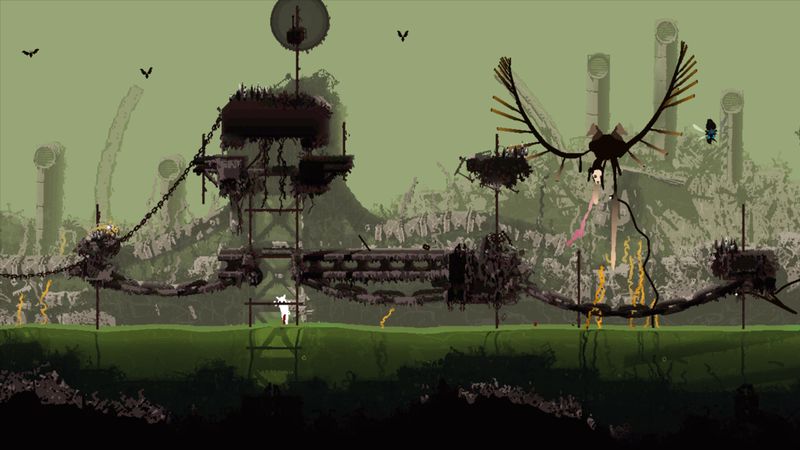
Final Thoughts
Rain World surprised this cozy gamer with its raw tension and wonder. Admittedly, it’s not a relaxing sim. Instead, it’s an immersive survival odyssey. So, if you crave challenge, love pixel art, and enjoy emergent gameplay, give Rain World a shot. That said, I do wish for a gentler learning curve or optional hints. Even so, every triumph feels earned.
Rating: 4 out of 5 stars

Rain World earns a solid 4 stars from me. It’s a must-try for players open to gritty survival meets creature feature. Just be ready to get lost, get hungry, and get hooked.

